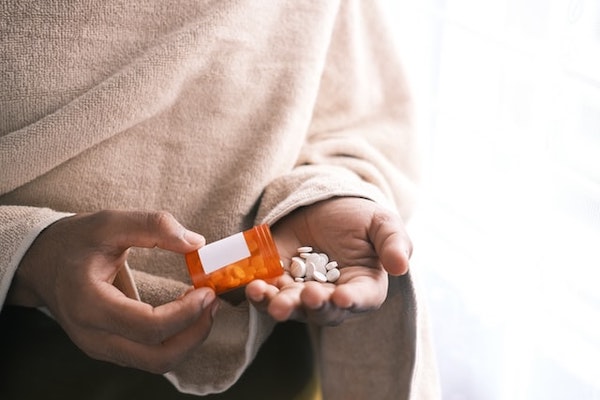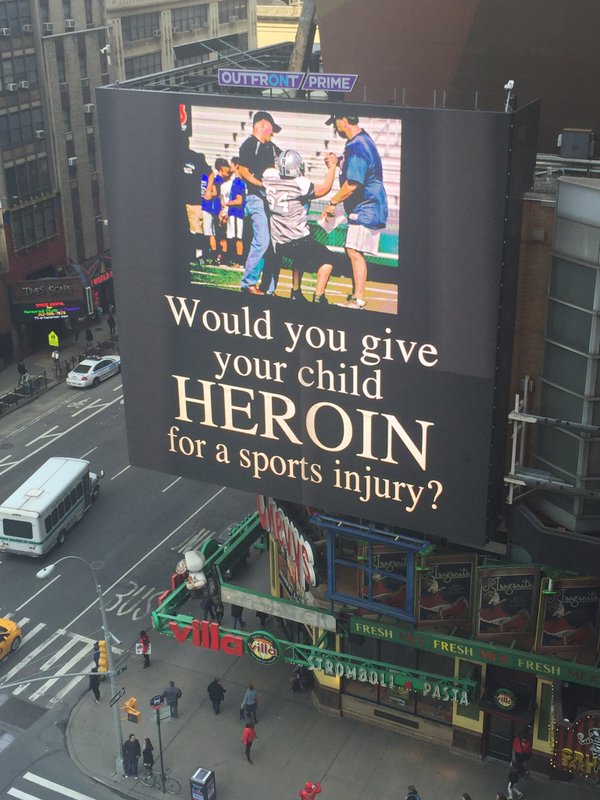American Detox was first published on KevinMD on May 26, 2016
Let’s get this straight. I am a doctor but I didn’t cause the opioid epidemic. That is not exactly what you hear in the media these days. After all, doctors use their prescription pads and someone must be to blame.
The Opioid Epidemic
The truth is that death from opioid abuse is on the rise. The Centers for Disease Control and Prevention (CDC) reports some frightening statistics. Nearly 450,000 died from overdoses from 1998 to 2018. More than half of them died from the use of prescription pills. This was a four-fold increase in opioid-related deaths over fifteen years.
We need an American detox.
The Scapegoating of Doctors
People are angry, rightfully so. These deaths are preventable and by all accounts unacceptable. Looking for ways to calm the opioid epidemic, the approach taken by the U.S. government misfires. Right now, they target doctors as the smoking gun. It would be more effective to make doctors their allies, instead of the scapegoats.
Instead, you see advertisements posted in Times Square and other venues featuring children in pain. The inflammatory slogans read: “Would you give your child heroin?” Doctors are seen as drug pushers instead of caregivers trying to relieve obvious pain. People judge parents for wanting to relieve their children’s pain. Where does the discussion of actual medical care come into play?
As a doctor who worked in an urgent care clinic, I cannot count the number of times patients refused my recommendations for acetaminophen (Tylenol) or ibuprofen (Advil, Motrin) for pain control. I still did not prescribe narcotics unless I believed it was medically necessary. When I did choose to prescribe an opiate, however, I used my best clinical judgment. I checked my state Prescription Drug Monitoring Program database to make sure there were no warning signs of abuse and I limited supplies to no more than two or three days at the lowest possible doses. Sadly, any use is bad use according to the media, even if Mrs. Jones is writhing in pain from a pelvic fracture that surgery cannot fix.
Separating The Wheat from the Chaff
Doctors hold the prescription pads but regulations forced the pens in many cases. For one, doctors have been pressured over the years to prescribe more and more. Pain scale posters wallpaper medical offices and hospitals thanks to the Joint Commission on Accreditation of Healthcare Organizations (JCAHO). While JCAHO did not demand doctors write prescriptions for narcotics per se, their emphasis on pain led to significant changes in medical practices.
Patient satisfaction surveys have also permeated health care. Patients often give low scores when their pain is not *completely* controlled or when they do not get the specific medications they want. This, in turn, affects how hospitals get paid and hospitals go on to penalize doctors. Clearly, these surveys should not be tied to financial incentives.
There are over 900,000 practicing doctors in the U.S and the large majority of them are good people with good intentions. While some doctors misuse or over-prescribe narcotics, the large majority do not. Most doctors try to minimize use of these medications. Many have been lied to or manipulated by a patient to prescribe these drugs. The large majority of doctors do their best. They are just as angry as you are.
Instead of pointing the finger at all doctors, perhaps we need to look at those who prescribe the most opiates. Currently, an FDA Advisory Panel is considering a requirement that all doctors complete additional training to prescribe these medications. Many states already require doctors to complete continuing medical education on the topic.
Looking for Solutions
Decreasing the number of opioid prescriptions will not solve the problem on its own. The problem is much larger than that. Heroin is cheap and readily available to fill that void. The question to ask is, Why do people turn to drugs in the first place? Is it for the relief of physical or emotional pain? Is there underlying depression or anxiety that they are trying to self-medicate? Can treating mood disorders prevent drug-seeking behaviors? Where can we have the greatest impact in stopping the spread of abuse?
We are burdened by an opioid epidemic amid another health care crisis — lack of adequate mental health resources. It may take weeks or longer to get a first appointment with a therapist, months for a psychiatrist. Rehab facilities are overflowing and there are not enough beds. Primary care doctors try to fill in the gap with limited resources to support them. Federal dollars could be better spent if they built a better infrastructure for mental health care in our country.
Instead of scapegoating doctors, the government needs to see what they bring to the table. The doctor-patient relationship is one founded on confidentiality and trust. Doctors can help to educate the public, especially our children, through talks, lecture series, and community events. They can get at the heart of the problem by screening people for drug use and, more importantly, mood disorders and other psychiatric conditions that people self-medicate with drugs. People need to know there is somewhere they can turn.
We need an American detox and we need one now. The large majority of doctors are not part of the problem but can be part of the solution. America needs to stand together, not pointing fingers, but working as one to make a difference and save lives.


